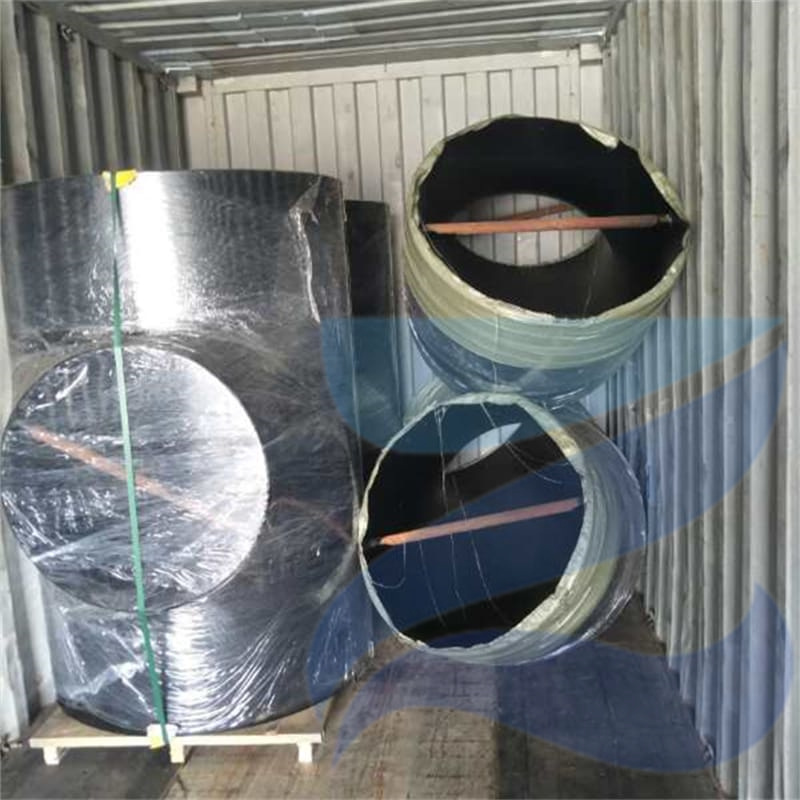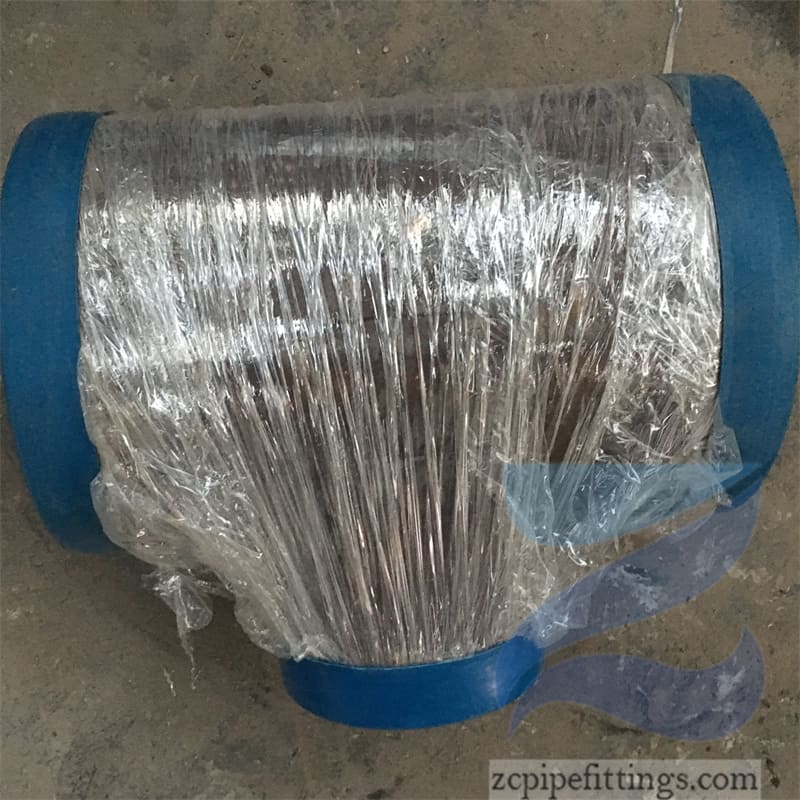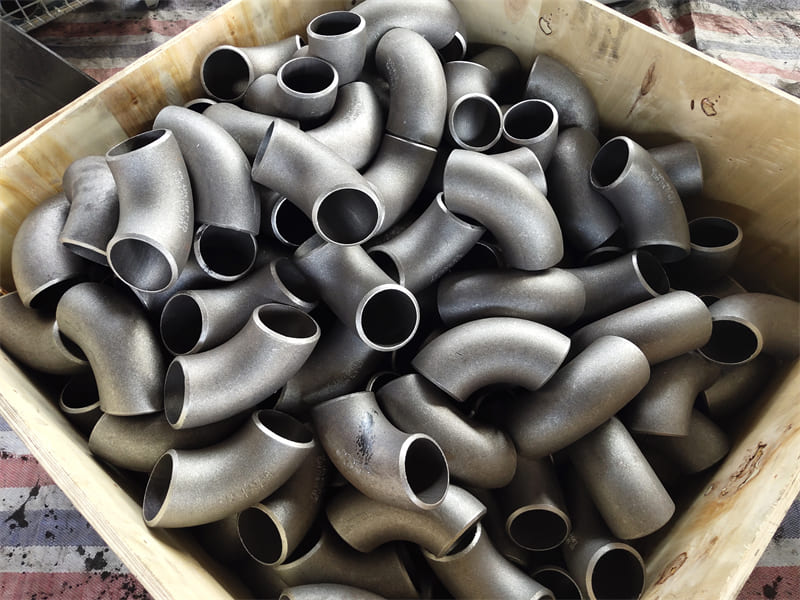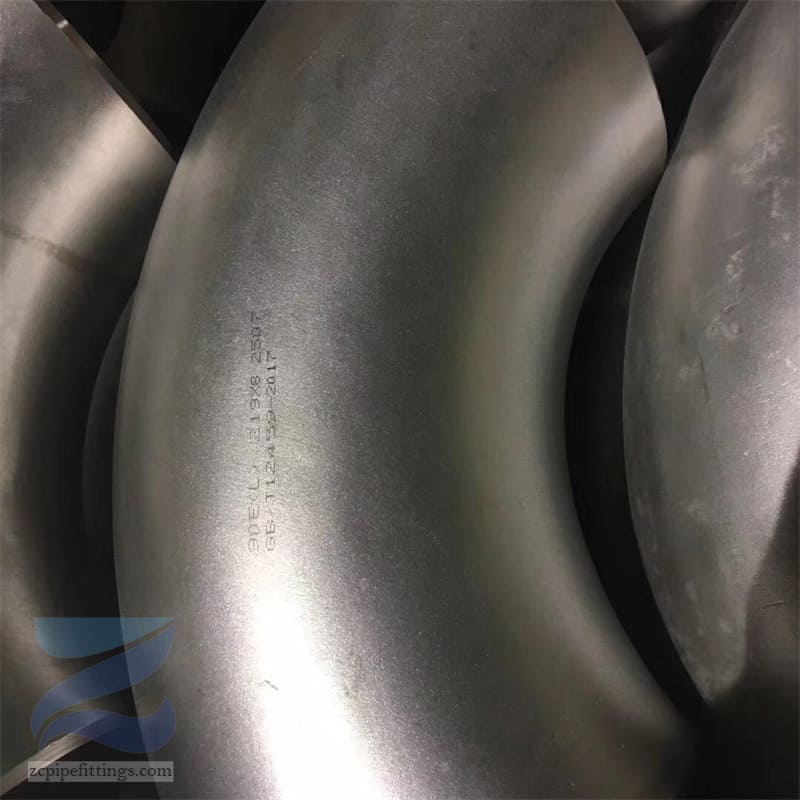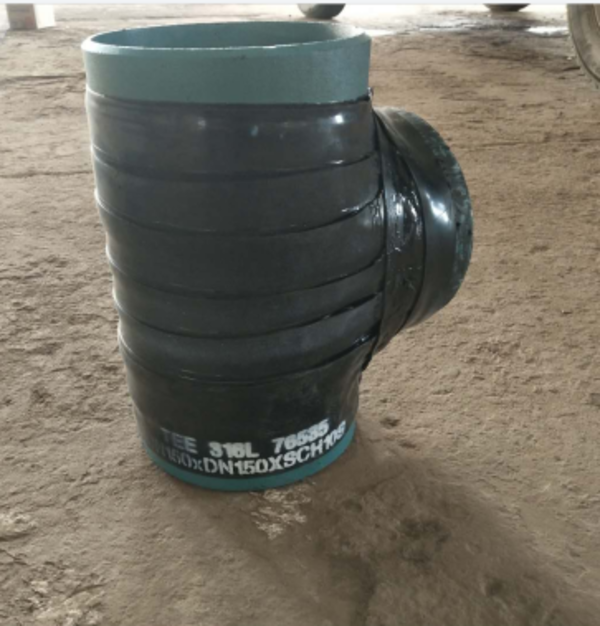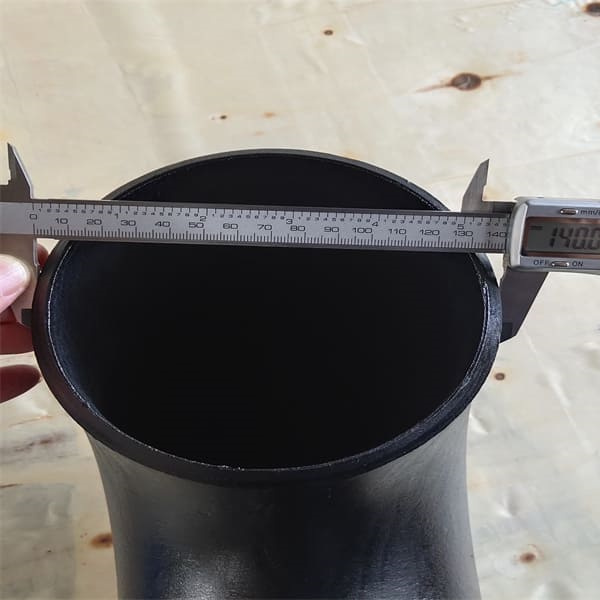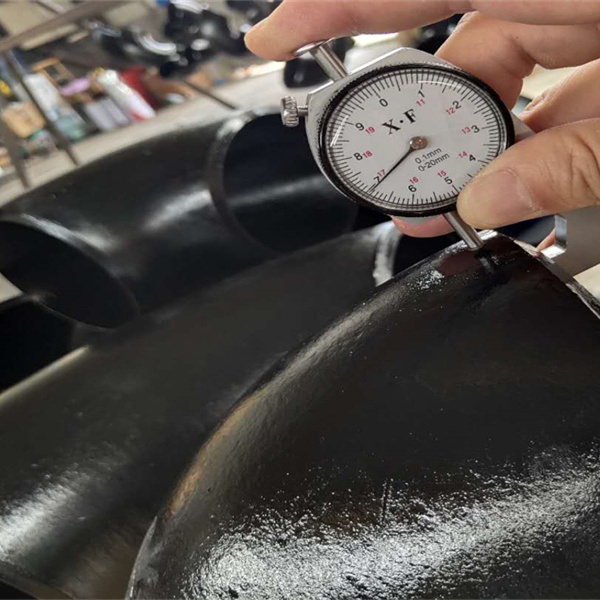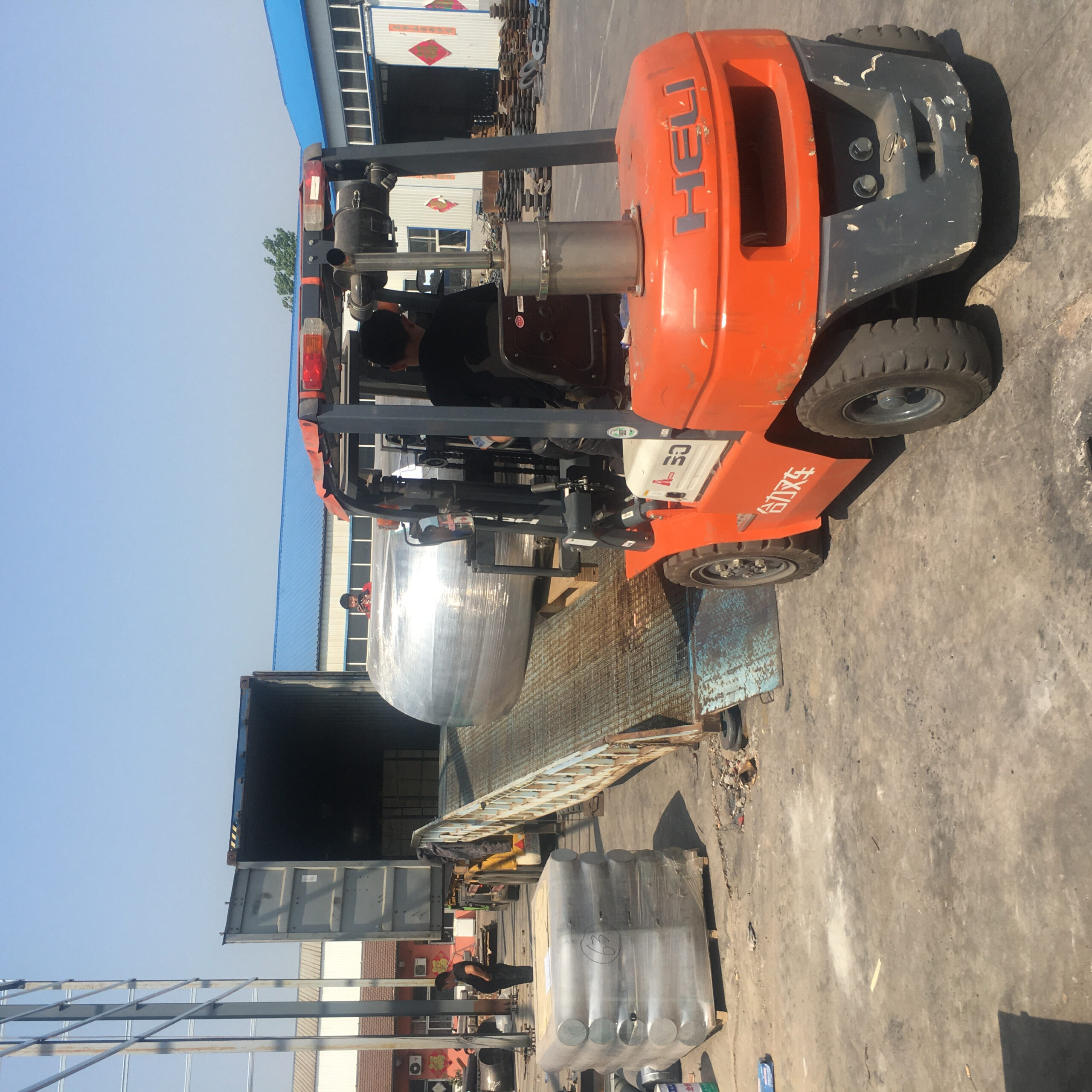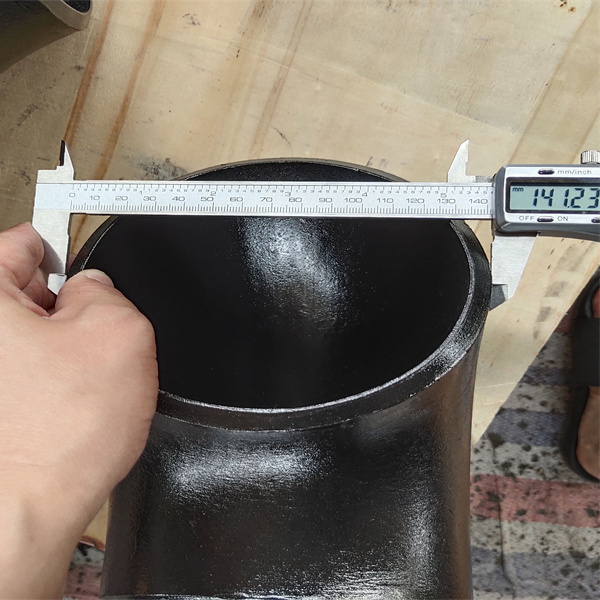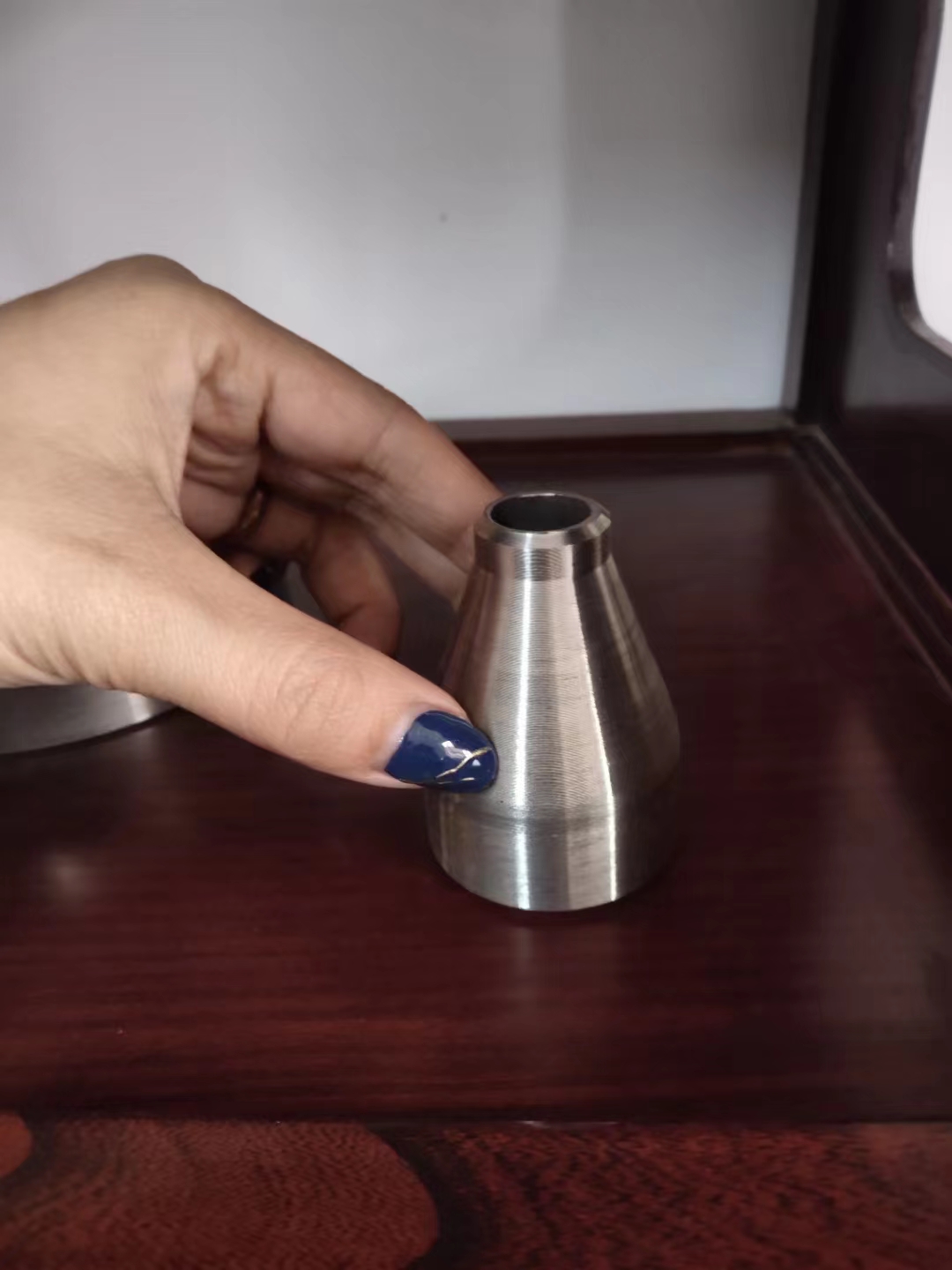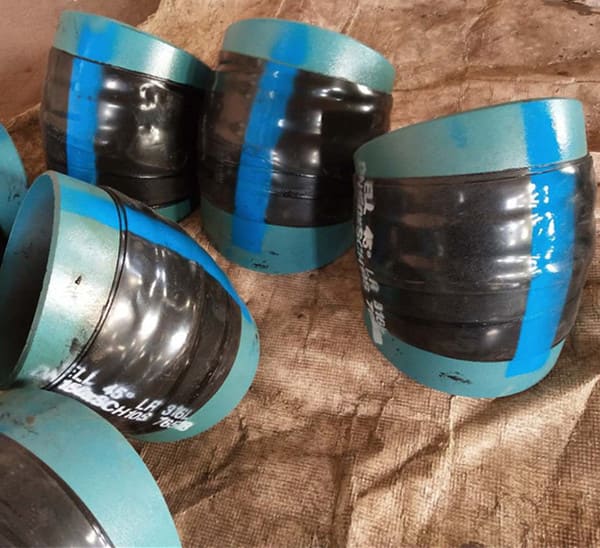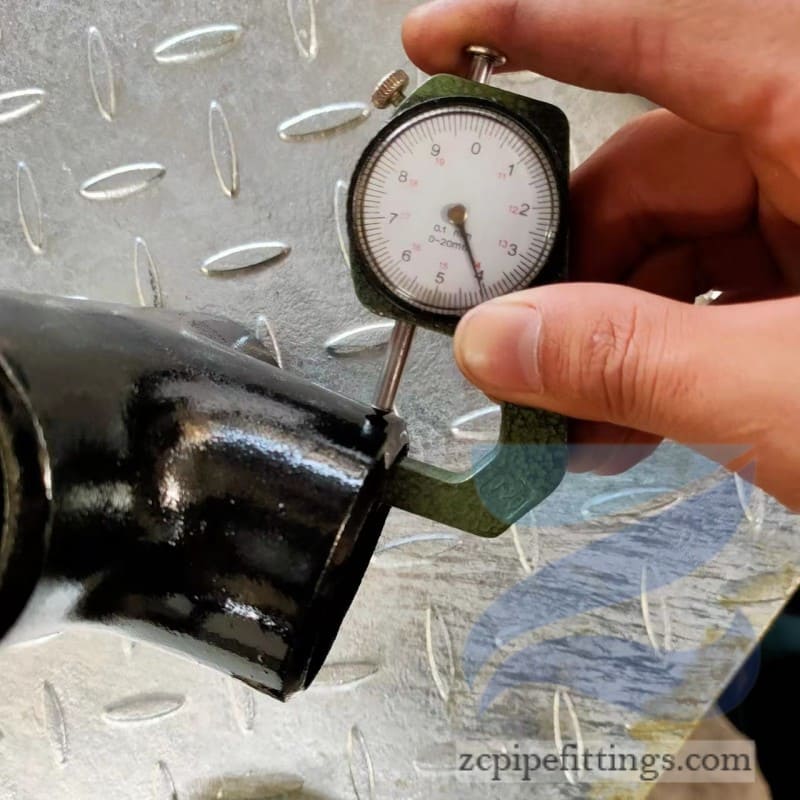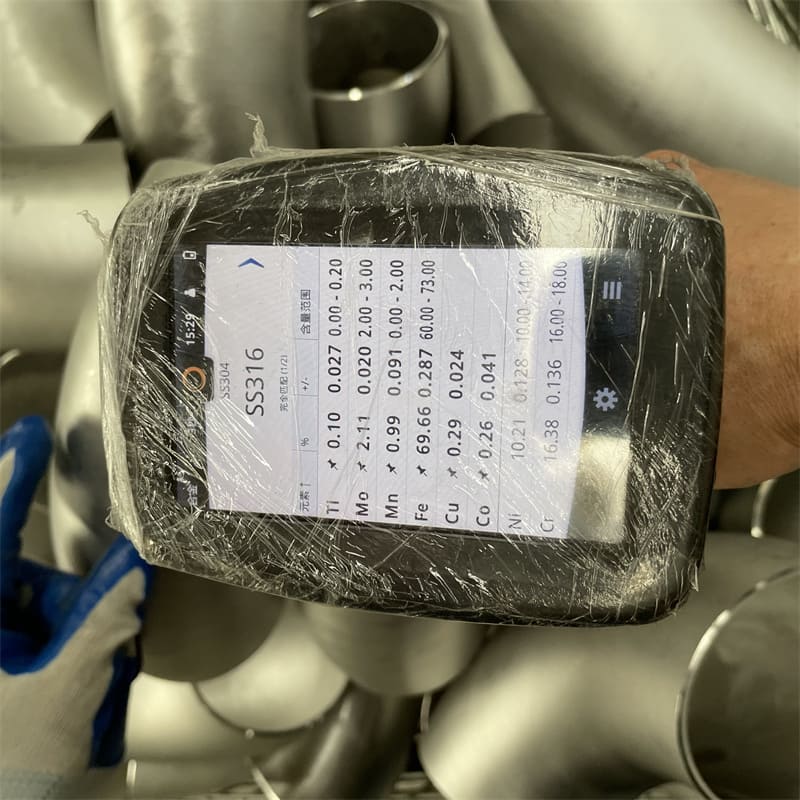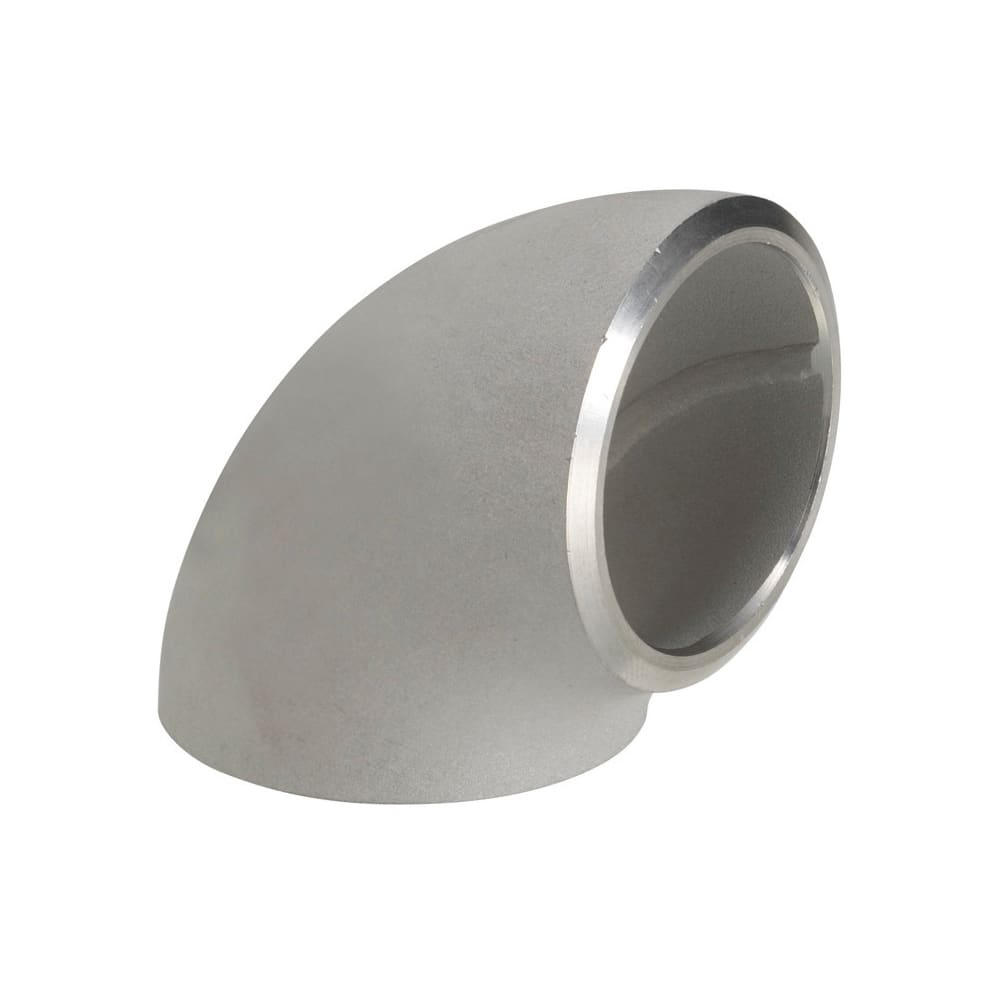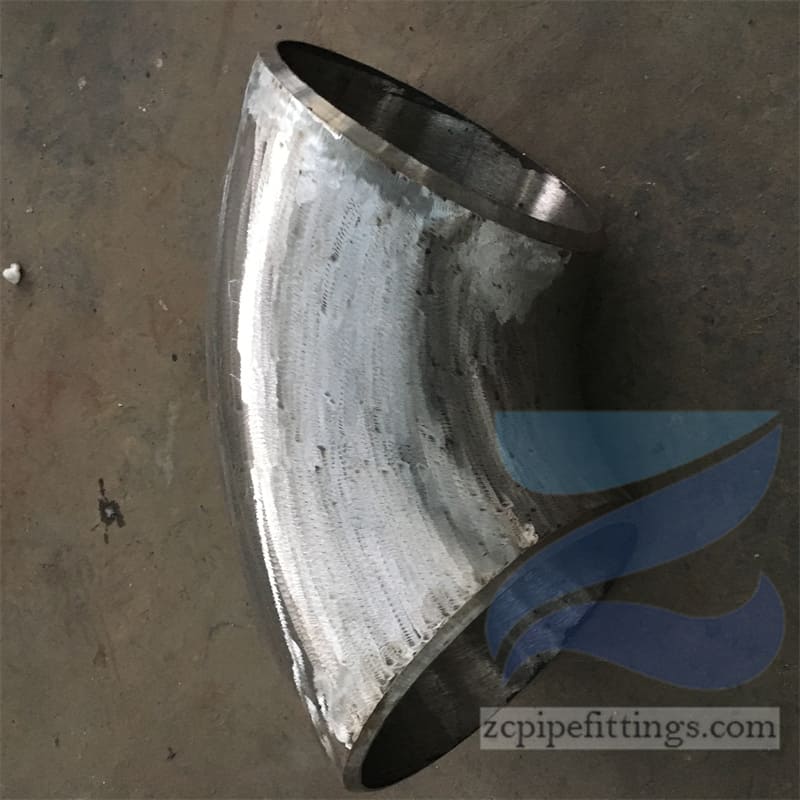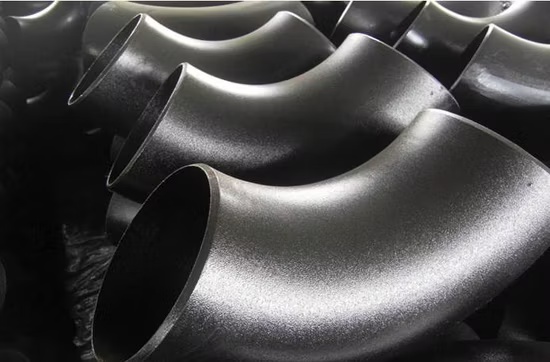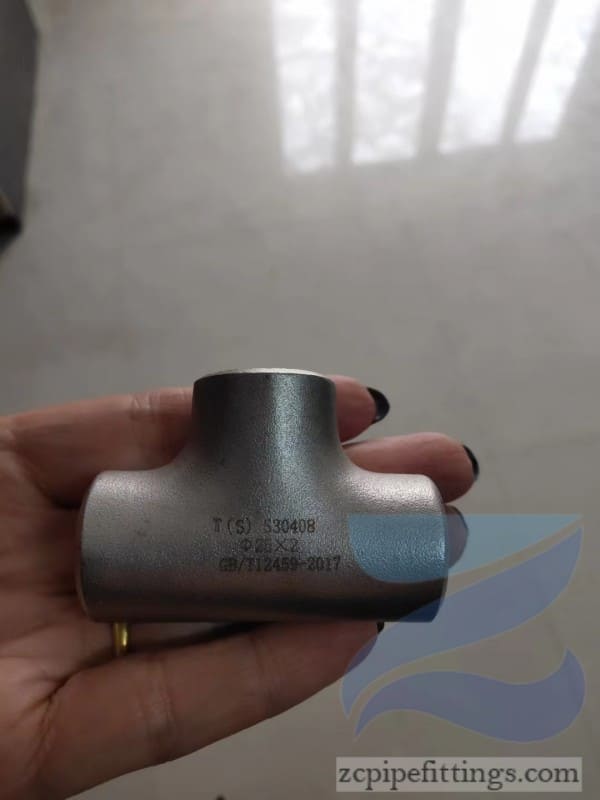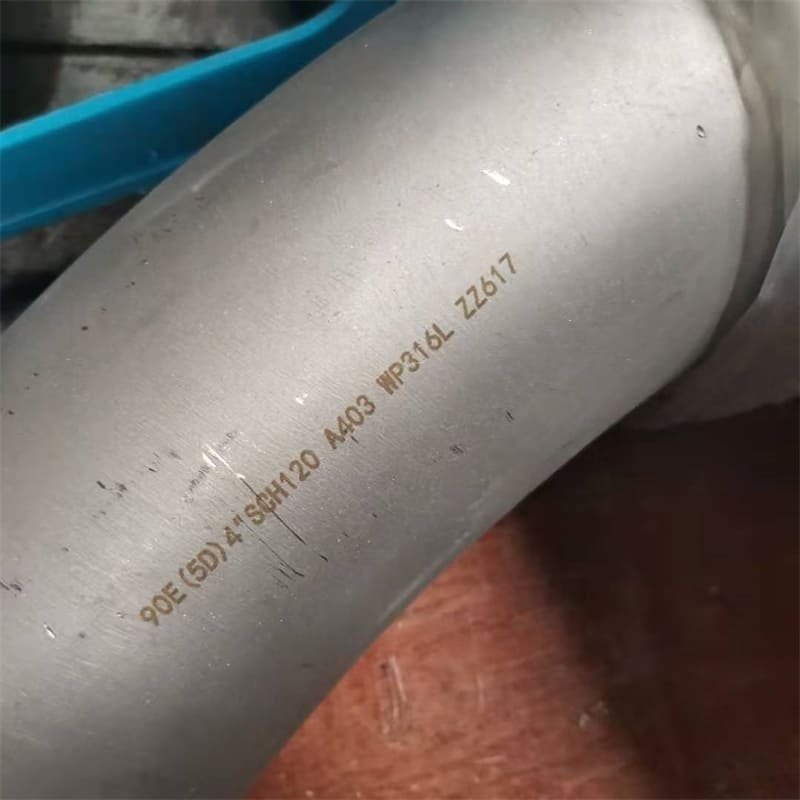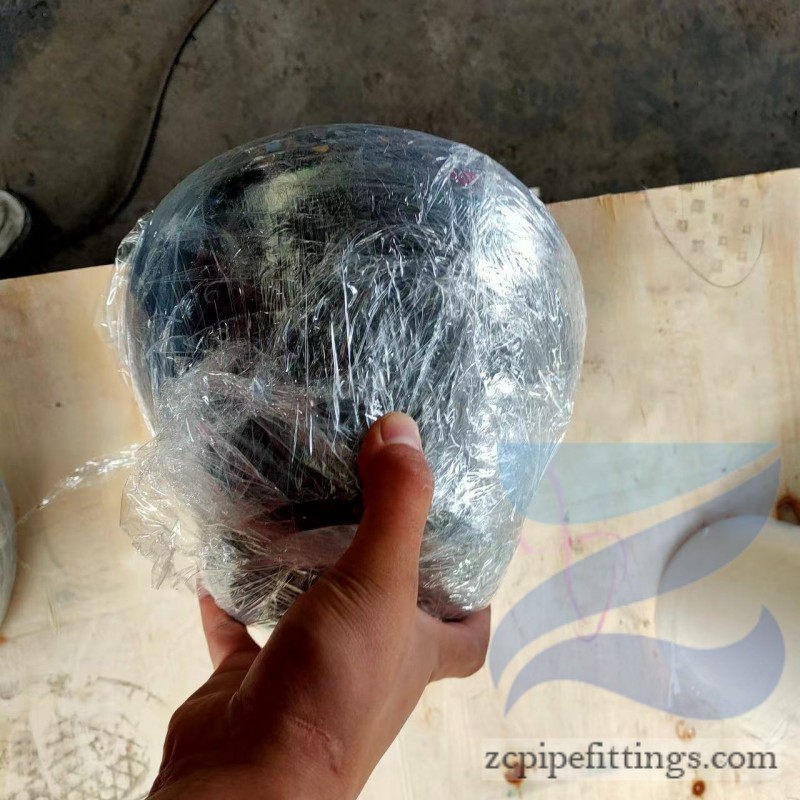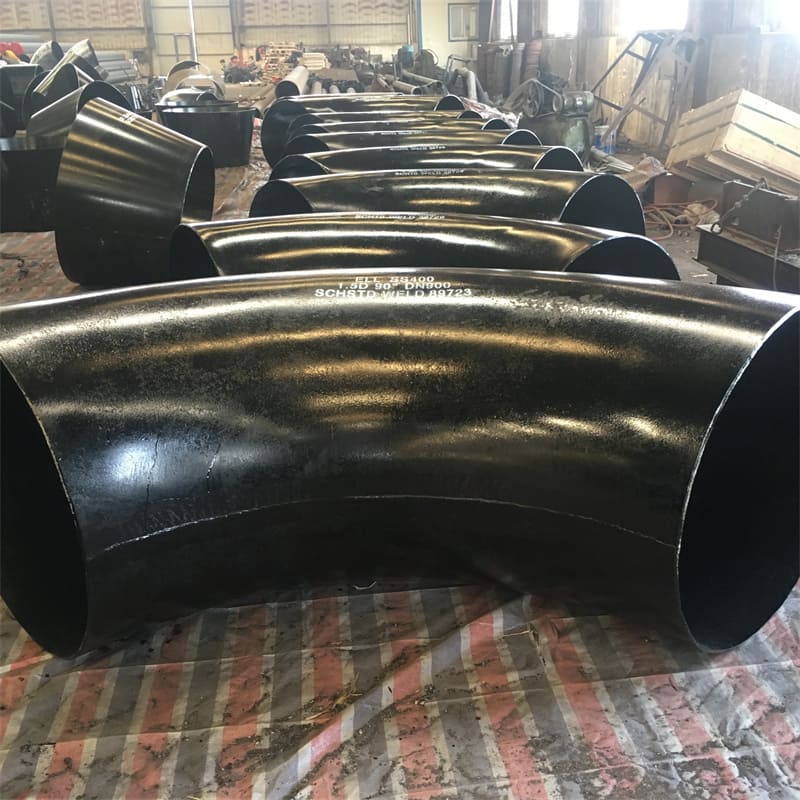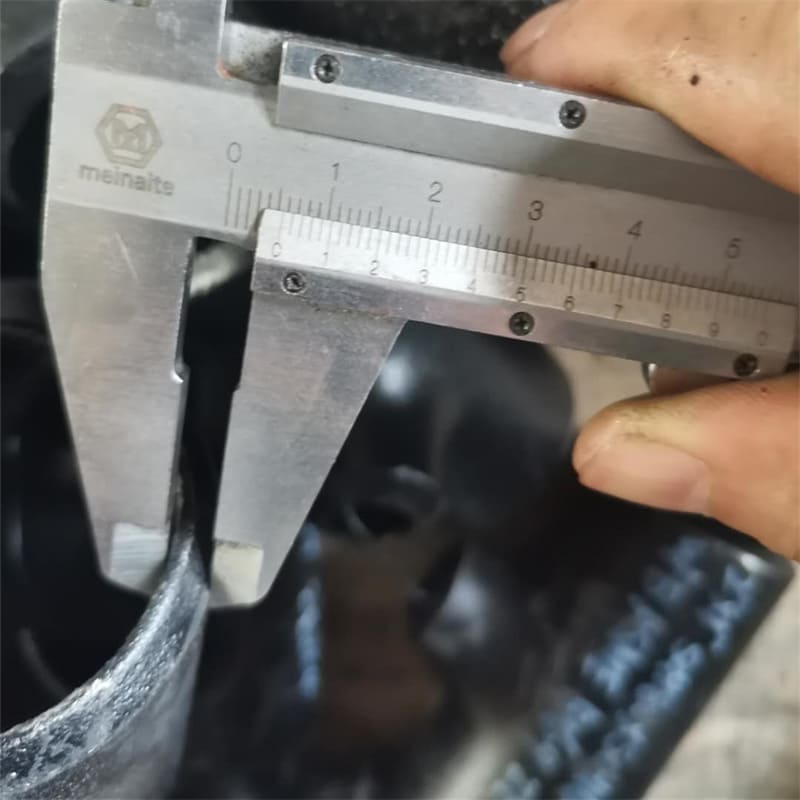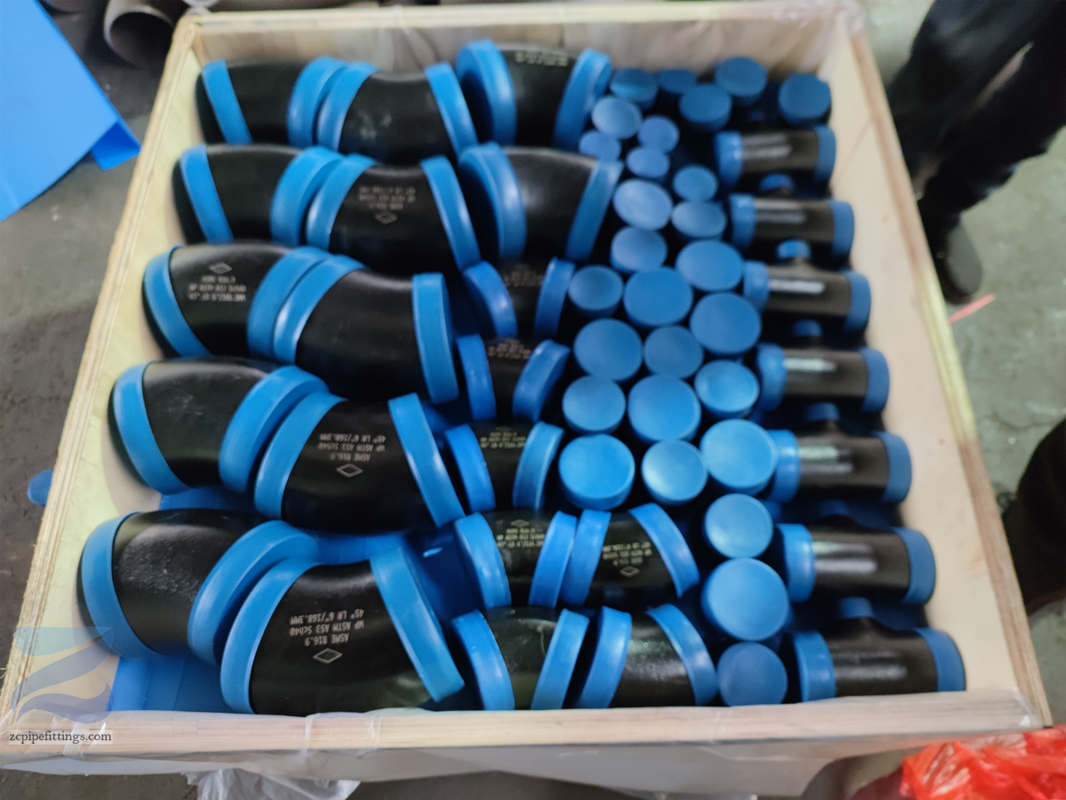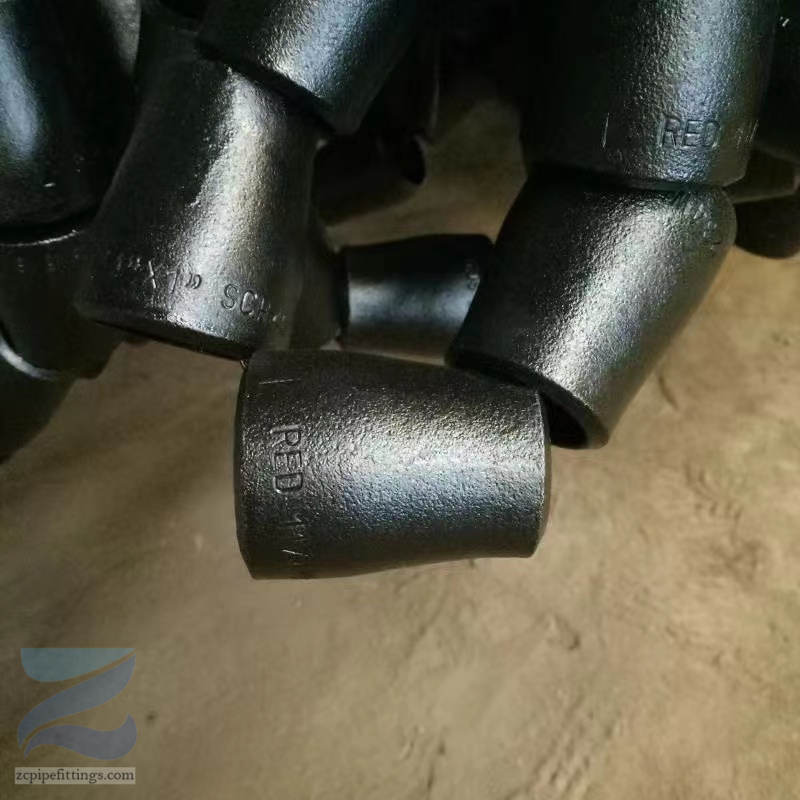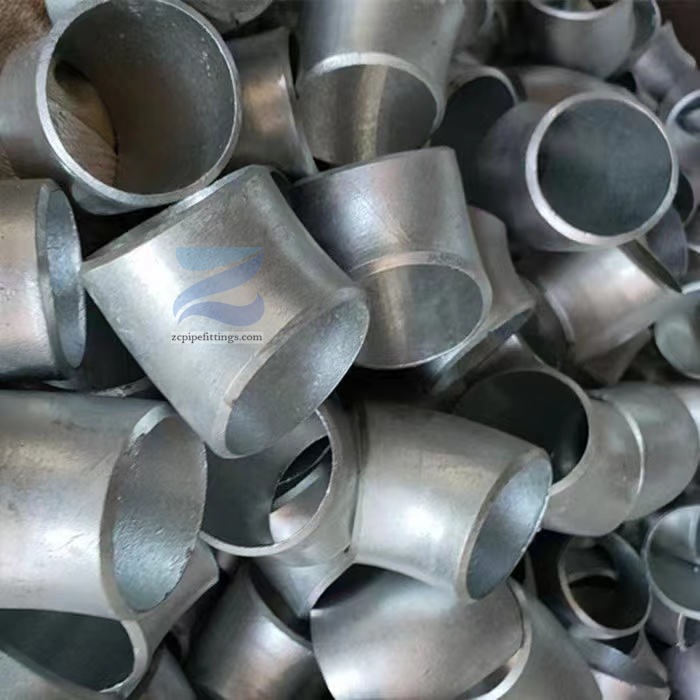12IN SCH40 Alloy Steel ASTM A234WP5 Butt Weld Tee
It is used for main pipe string accessories, solvent welding accessories, side outlet and conflicting soluble welding accessories. Such fittings are important because they meet two needs, that is, to connect or separate liquid streams. They are widely used in positive and vacuum applications.
Production Description
12IN SCH40 Alloy Steel ASTM A234WP5 Butt Weld Tee is a T-shaped pipe fittings that has three branches, normally has two forms with Equal Tee and Reducing Tee, both are used to divide the pipelines to adjust the flow rate and change the direction.Since the distance between the branch pipe and the pipe run is the same, an equivalent tee is used.
Steel pipe tee
12IN SCH40 Alloy Steel ASTM A234WP5 Butt Weld Tee is a T-shaped pipe fitting with three branch pipes. It is used to divide pipes to adjust flow and change direction.
Equal Tee
Equal diameter tee, also known as straight tee, the branch diameter of the tee is the same as the pipe diameter of the tee.
Reducing Tee
The reducing tee has two outlets cut at 90 degrees with the main pipe, and the size of the branch pipe is smaller than the port of the pipeline
Production Advantages
- Good general corrosion resistance and high strength
- Good sulfide stress corrosion resistance
- Resistance to chloride pitting and crevice corrosion
- Higher resistance to chloride stress corrosion cracking
- Easy to weld and conform
Specificaton of 8IN SCH40 Stainless Steel Butt Weld Tee Pipe Fittings
| Size Range | 1/2″ – 80″ / DN15 – 2000 |
| Thickness Schedule | SCH 10,SCH 10S, SCH 20, SCH 40,SCH 40S, STD, XS,SCH 80, SCH 80S, SCH 100, SCH 120, SCH 160, XXS |
| China Standard | GB/T12459, GB/T13401, HG/T21635/21631, SH3408/3409 |
| America Standard | ANSI / ASME B16.9 / MSS SP 43 |
| apan Standard | JIS B2311/2312/2313 |
| Europe Standard | EN10253 |
| Carbon Steel | Q235, 20#, 35#, 45#, 20G,ASTM A234 WPB/WPC |
| Low Temp Carbon Steel | Q345B, 16Mn, ASTM A420 WPL6 |
| Pipeline Steel | ASTM A860 WPHY 42 / 46 / 56 / 60 / 65 |
| Alloy Steel | ASTM A234 WP11 / WP12 / WP 5 / WP9 / WP91 / WP92,15CrMoG, 12Cr1MoVG, 12Cr5Mo, 1Cr5Mo, Cr9Mo, 10CrMo910, 12CrMo4-5 |
| Stainless Steel | ASTM A403 WP304/304L/304H, 316/316L, 310S, 321, 317,347,904L |
| Duplex Stainless Steel | ASTM A815 S32205, S31803, 32750, 32760 |
Butt Weld Tee Pipe Fittings Dimensions and Weight Chart

